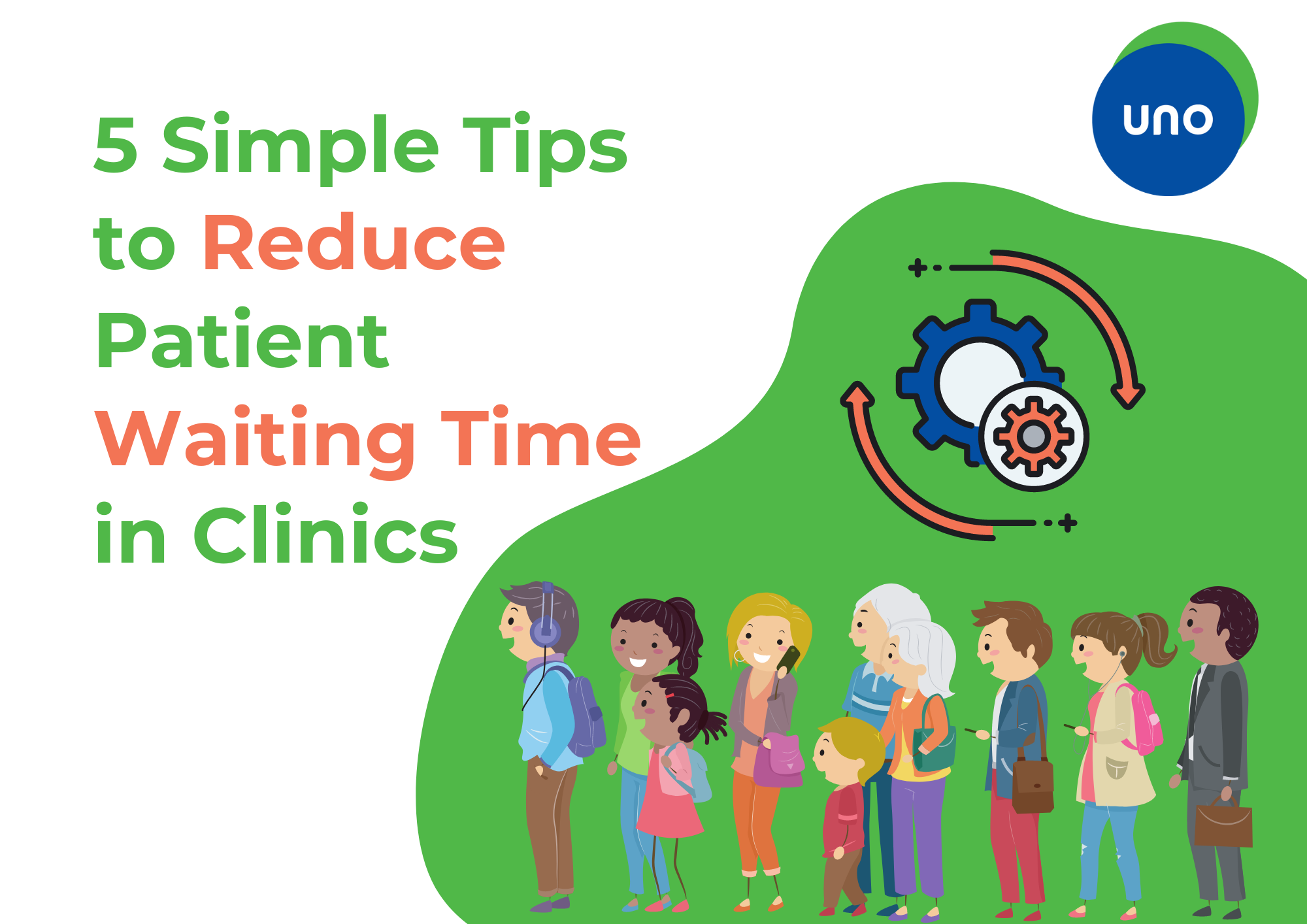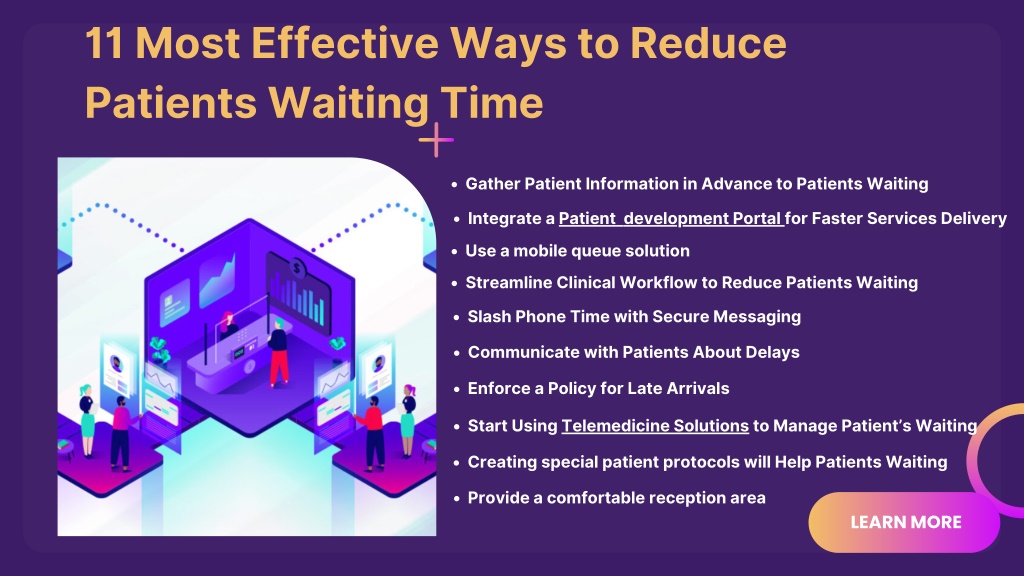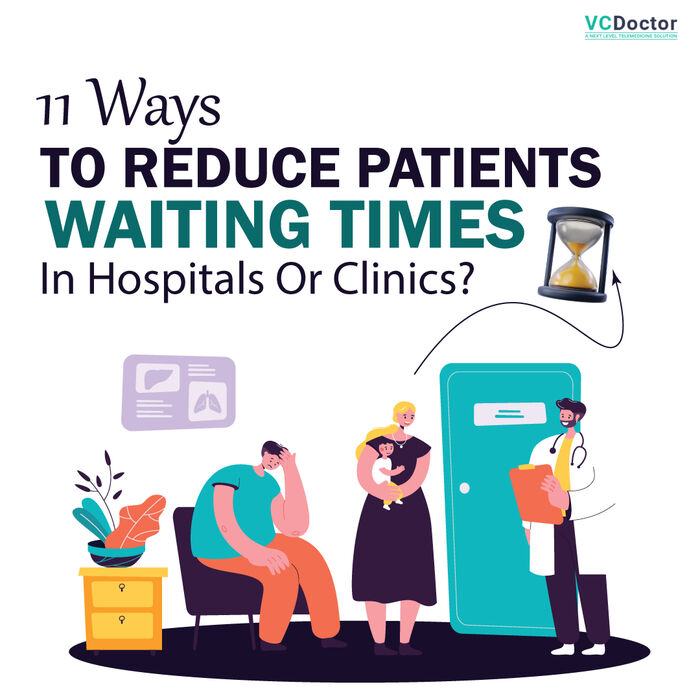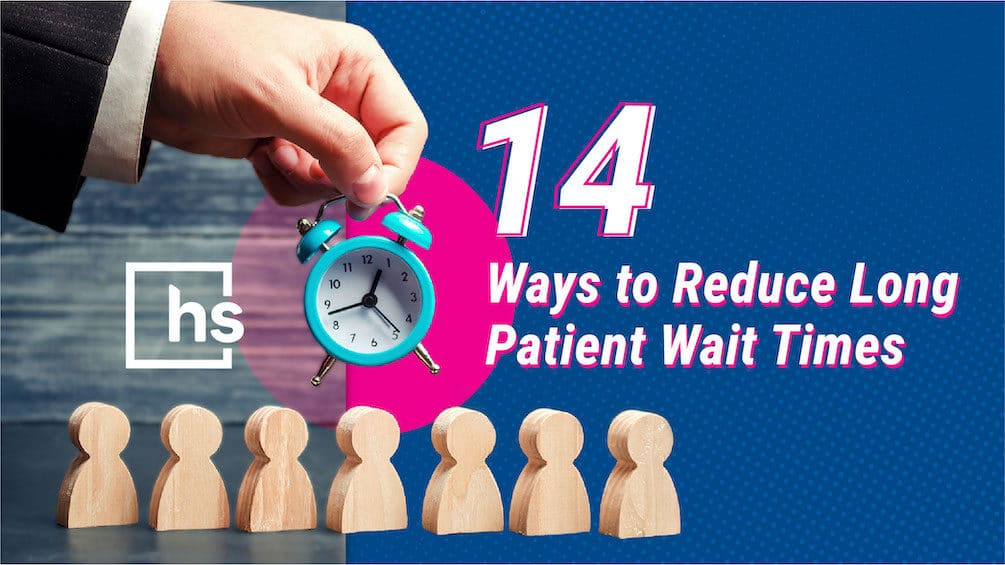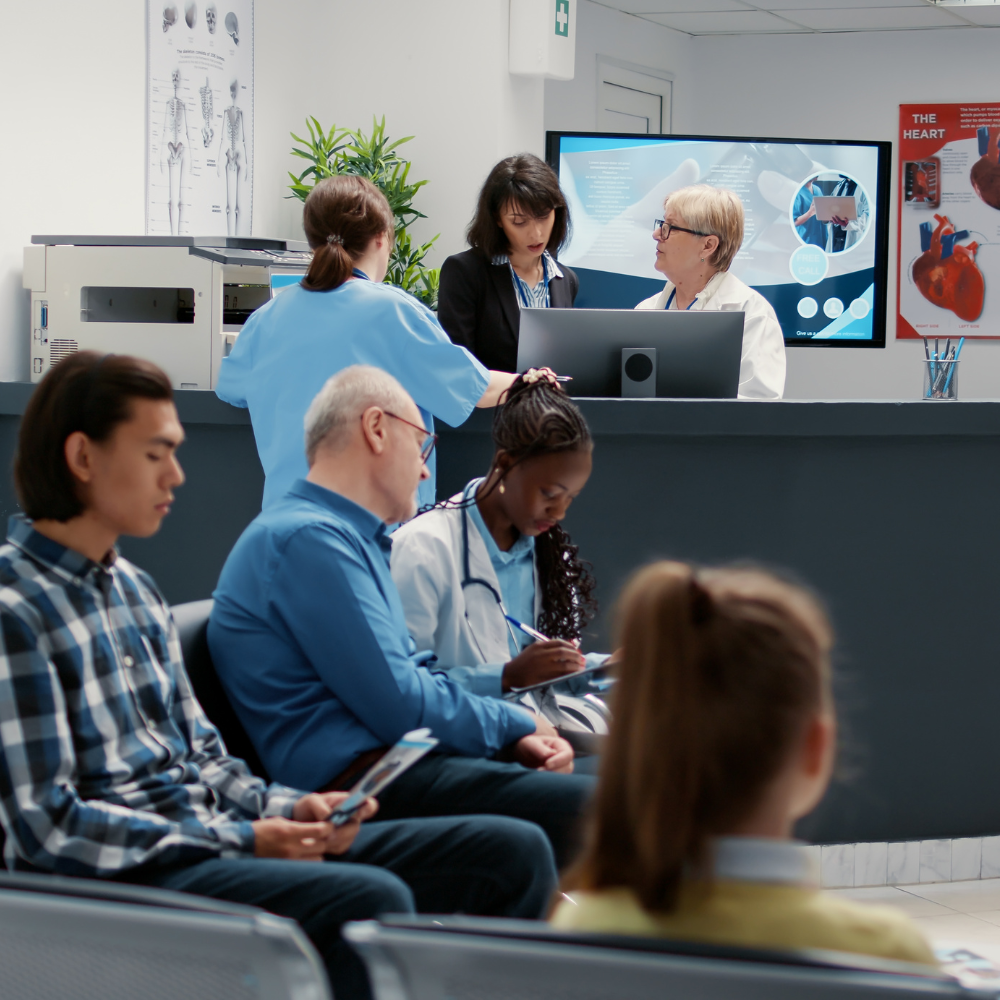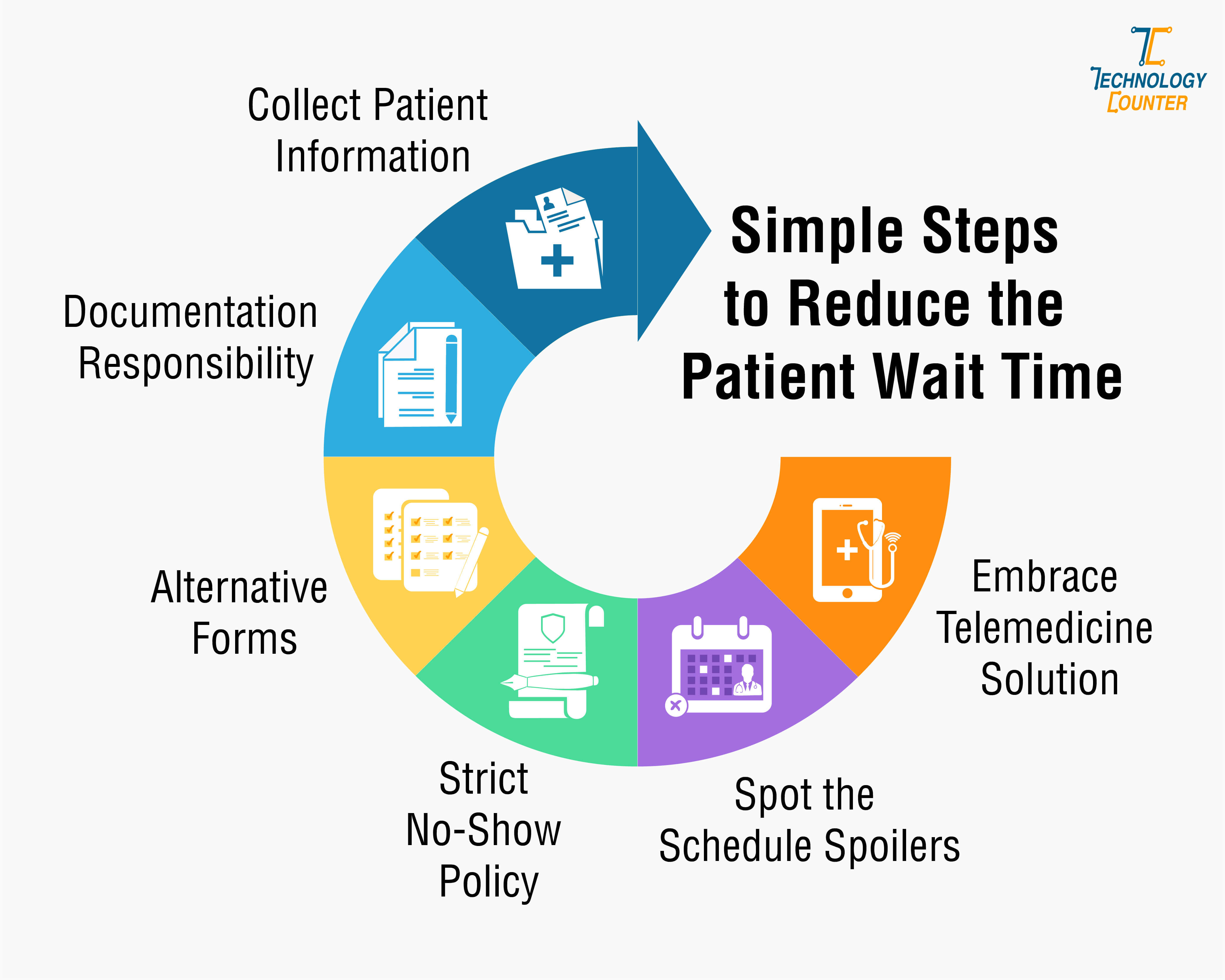Reducing Patient Waiting Time In Outpatient Clinics
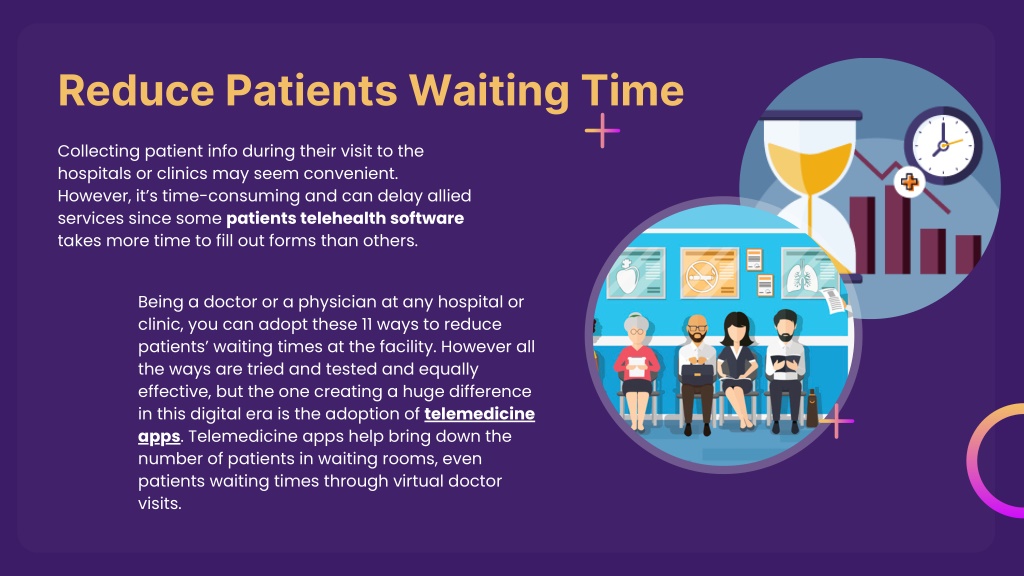
Frustration simmers in waiting rooms across the nation as patients spend valuable time anticipating their appointments at outpatient clinics. A growing movement to reduce these waiting times is gaining momentum, driven by technological advancements, streamlined processes, and a renewed focus on patient-centered care.
The effort to curtail outpatient wait times aims to improve patient satisfaction, enhance healthcare outcomes, and optimize resource allocation. Excessive waiting times contribute to patient anxiety, can deter individuals from seeking timely medical attention, and create inefficiencies within the healthcare system itself.
The Scope of the Problem
Data from the Centers for Disease Control and Prevention (CDC) indicates that a significant percentage of patients experience considerable waiting times in outpatient settings. This impacts patient satisfaction and can lead to negative health outcomes.
A recent study published in the Journal of the American Medical Association (JAMA) found a direct correlation between longer wait times and decreased patient adherence to prescribed treatment plans. This can have serious ramifications for individuals managing chronic conditions.
Key Strategies for Reduction
Several key strategies are being implemented to tackle the issue of long waiting times. These include embracing technology, optimizing scheduling practices, and improving communication with patients.
Technological Advancements
Electronic Health Records (EHRs) are playing a vital role in streamlining patient data access and reducing administrative overhead. EHRs allow for faster retrieval of patient histories and facilitate better communication between healthcare providers.
Telemedicine is also emerging as a powerful tool for reducing the demand on physical clinic space. Virtual consultations allow patients to receive care remotely, eliminating the need for travel and reducing congestion in waiting rooms. Many clinics are adopting these strategies.
Optimized Scheduling
Many clinics are transitioning to more sophisticated scheduling algorithms. These algorithms consider factors such as appointment type, provider availability, and patient history to minimize gaps and ensure efficient workflow.
Some clinics are experimenting with "open access" or "same-day" scheduling models. Open access scheduling allow patients to book appointments on the same day they need them, reducing the need for advance bookings and potential no-shows. This reduces wait times for urgent cases.
Enhanced Patient Communication
Keeping patients informed about expected wait times and any potential delays is crucial. Clinics are increasingly using text messaging and email to provide real-time updates and proactively address concerns.
Clear communication about appointment preparation and necessary paperwork can also significantly reduce delays on the day of the appointment. This ensures that both the patient and provider are prepared.
The Human Impact
Maria Rodriguez, a patient with a chronic autoimmune condition, shared her experience with a local clinic that recently implemented new wait-time reduction strategies. "Before, I would spend hours in the waiting room, feeling anxious and frustrated. Now, I receive updates on my phone, and the waiting time is much shorter," she explained.
For patients like Maria, reducing wait times translates to a better overall healthcare experience and a greater sense of control over their medical care. This improvement in quality of care improves her outlook.
Challenges and Future Directions
Despite the progress made, challenges remain in reducing outpatient wait times. These include limited resources, staffing shortages, and the complexity of managing patient flow in diverse clinical settings.
Efforts to further refine scheduling algorithms, invest in telehealth infrastructure, and improve staff training are essential. Ongoing research into best practices and the development of new technologies are crucial.
The move toward value-based care, which prioritizes patient outcomes and efficient resource utilization, is also expected to drive further improvements in wait times. By focusing on delivering high-quality care in a timely manner, healthcare providers can enhance patient satisfaction and improve overall health outcomes.
Conclusion
The drive to reduce patient waiting times in outpatient clinics reflects a growing commitment to patient-centered care and a recognition of the detrimental effects of excessive delays. By embracing technological innovation, streamlining processes, and prioritizing clear communication, healthcare providers are making significant strides in improving the patient experience and ensuring access to timely and effective medical care.
The journey towards shorter wait times is ongoing, but the momentum is clear. Continued investment and refinement of these strategies will undoubtedly lead to a more efficient and patient-friendly healthcare system for all.
